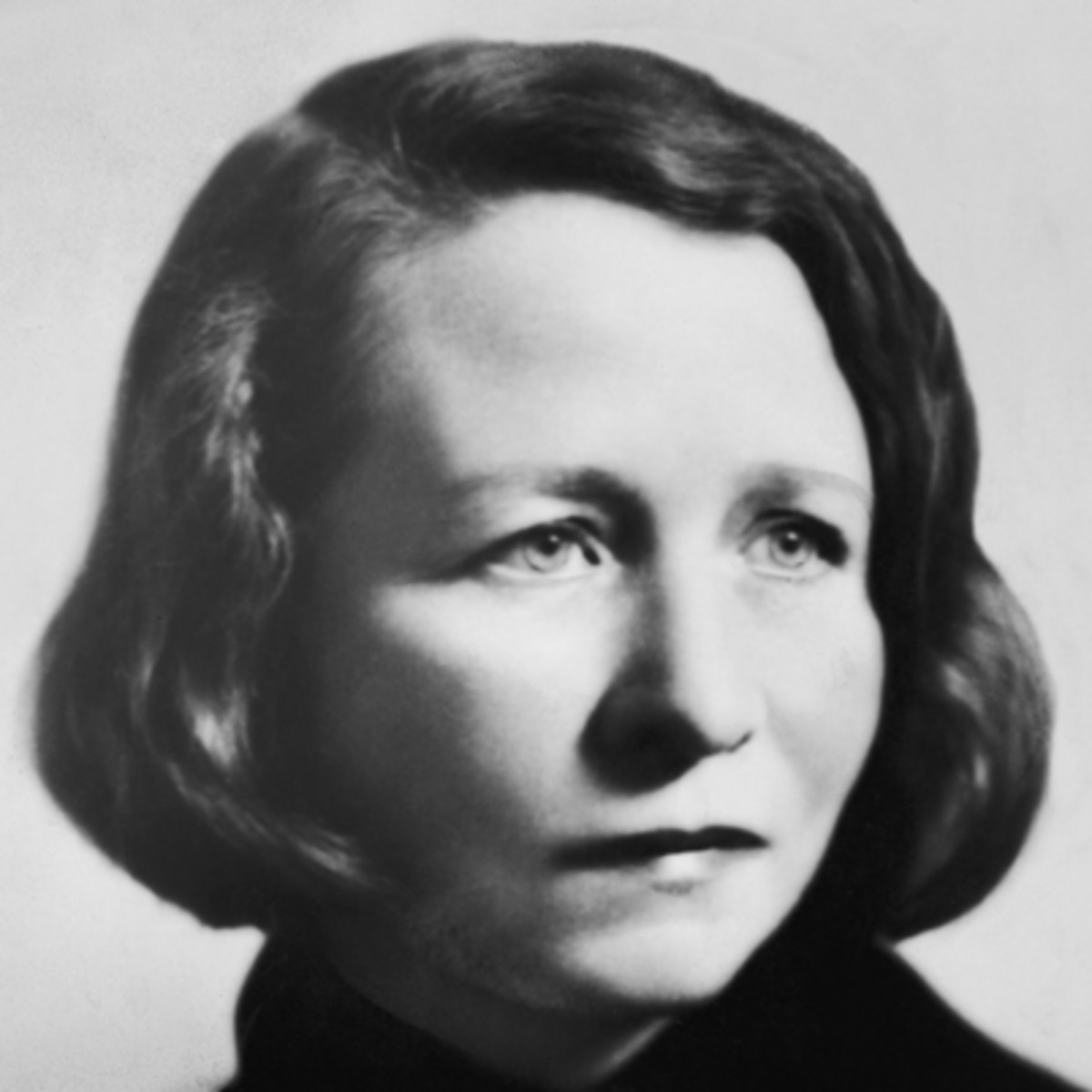Sorrow like a ceaseless rain
Beats upon my heart.
People twist and scream in pain, —
Dawn will find them still again;
This has neither wax nor wane,
Neither stop nor start.
People dress and go to town;
I sit in my chair.
All my thoughts are slow and brown:
Standing up or sitting down
Little matters, or what gown
Or what shoes I wear.
Published:
1892
Length:
Shorty
Literary Movements:
Modernism
Anthology Years:
2023
Themes:
Doubt & Fear
Literary Devices:
Enjambment
a line break interrupting the middle of a phrase which continues on to the next line
Imagery
visually descriptive or figurative language, especially in a literary work
Simile
a comparison between two unlike things using the words “like” or “as”

